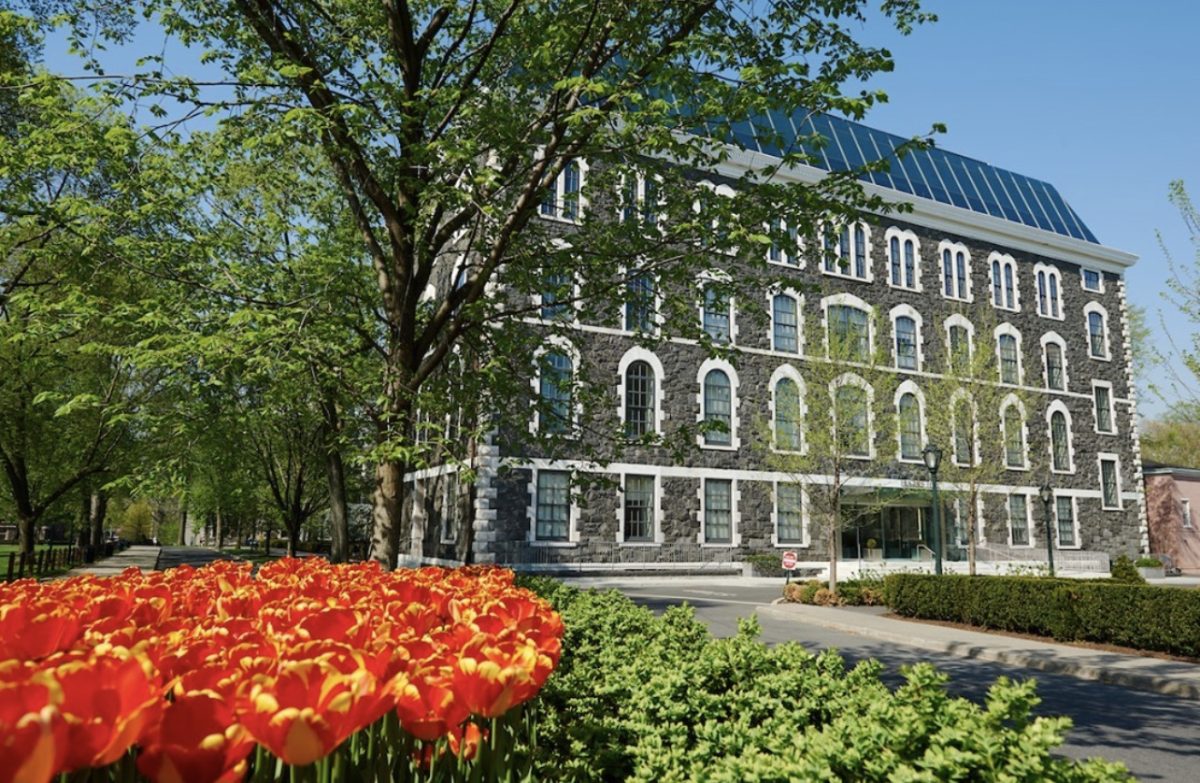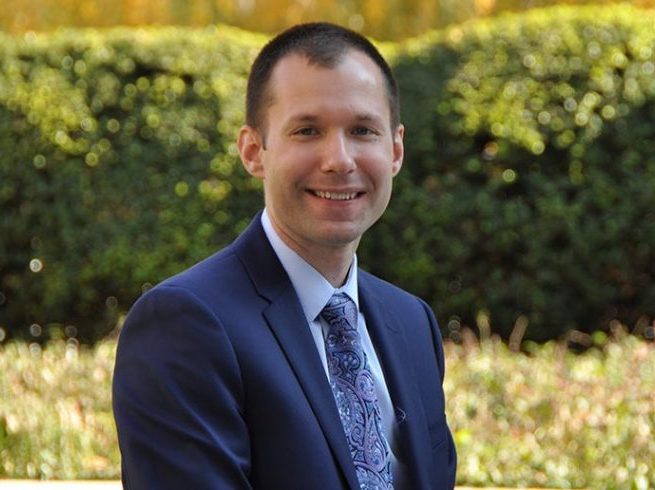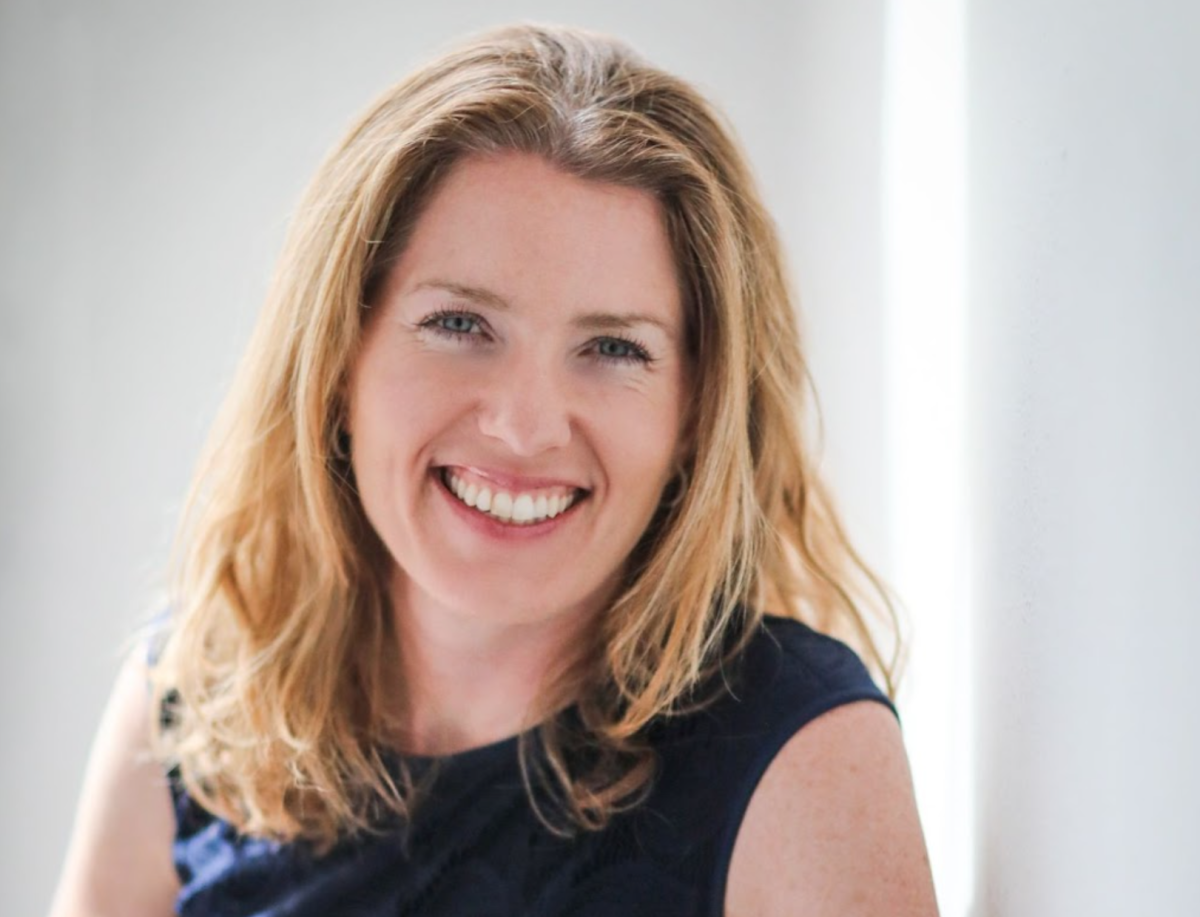Fordham University physics professor Stephen Holler and Usha Sankar, formerly in the Department of Biological Sciences, have begun work on their Fordham Regional Environmental Sensor for Healthy Air (FRESH Air) initiative. The project’s goal is to teach New York residents about climate change and air quality, and involves schools in the Bronx, Harlem and Staten Island. Each school involved received indoor and outdoor air quality monitors, and the FRESH Air team helped to integrate education on these monitors and the effects of climate change into the curriculum of students.
“About 25% of all asthma related deaths in New York State are in the Bronx,” said Holler. “There are highways that are going through all over the place, and exposing the community to high levels of pollutants.”
Burning gasoline and oil, heating cooking gasses and more industrialization-based processes contribute to combustion processes that release particulate matter (PM) into the atmosphere. These particles are differentiated via size, and the smaller the particle, the more hazardous the pollutants are to human health.
The team’s research found that commercial cooking and traffic play a large role in the emissions of particulate matter (PM) under 2.5 micrometers in diameter, a size that allows the particles to penetrate deep into the lungs and cause respiratory issues and cardiovascular disease. They found that low income, high-poverty neighborhoods like the Bronx have disproportionately high levels of exposure to motor vehicle traffic and commercial traffic.
“2.5 [micrometers] is roughly 40 times smaller than the thickness of your hair,” said Holler. “If you took your hair and just sliced it into 40 pieces, you’d get something that is roughly the size of these particles.”
FRESH Air uses PurpleAir sensors which measure the concentration of each size of PM in the air by measuring the intensity at which light from a laser is scattered when PM crosses the plane.
“We have sensors on the roof [of schools involved] and in one of the classrooms,” said Holler. “And the data follows each other really closely as if there was no filtration in the HVAC system.”
Causes of faulty or inefficient HVAC systems vary based on the school, and cannot be fixed by a total solution. This project’s goal is to educate students, New York residents and schools on their environment. As such, the collection is available to the public on PurpleAir’s website.
“The access to data is crucial to our outreach efforts,” said Holler. “This data may be downloaded for analysis by faculty and students so that they may consider causes and correlations with their observations and local weather data.”
As a way to maintain outreach and education efforts, FRESH Air team members work around the city to spread information on air quality and environmental disparities. Holler worked with Cristo Rey’s science club to put together sensors that mimic that of PurpleAir’s monitors. The team sent air sensor kits to Jonas Bronck Academy and St. Ignatius School so that instructors could assemble the sensors during class time.
“We’ve had webinars where students from Jonas Bronck would present posters talking about pollution in their neighborhoods and how their asthma feels,” said Holler. “They’re getting it. And, I think when they realize the asymmetry of the pollution and where the impacts are the worst, it really hits home.”
For some New York residents, the issue of air quality is life-changing.
“There was one student at All Hallows [High School] who started doing all his own research on air quality,” Holler said. “He was asthmatic himself and these environmental justice issues were part of his motivation for his drive to go to [medical] school.”
The FRESH Air team aims to raise awareness and continue dialogue on climate change. In an article for the American Association of Physics Teachers, the team stated that engaging students in their own environment and personalizing this issue motivates students to learn about and take action against climate injustices.
“What we hope to get out of it is provide the community with actual data so that they can leverage politicians to make changes,” said Holler.
This project has no definite end, and can take many routes of expansion. Volatile organic compounds and other chemicals also negatively affect air quality and are not currently being measured by the air sensors. The data can also be used to find correlations between air quality and behavioral data or test scores in schools throughout the city.
“We want to get the students thinking about the impacts on their health on their community,” wrote the team in their research article. “By educating the community on the impacts of air quality, Project FRESH Air expects to see reductions in harmful greenhouse gasses, making it a win–win for everyone.”








































































































































































































